Ask Blog for America, Romano, Lithuania, and Ireland set during 1903, centering on immigration to the United States during the Gilded Age
Don't wanna be here? Send us removal request.
Note
Did Russia ever try to come and take Tolys back ‘home’?
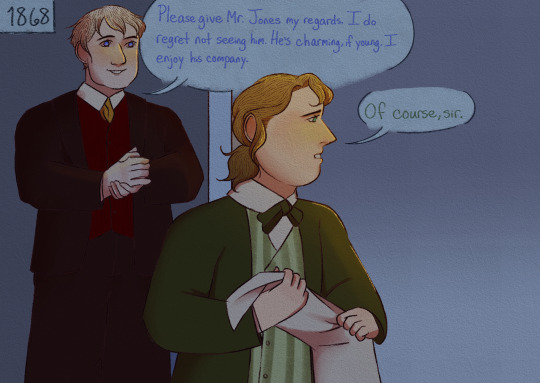
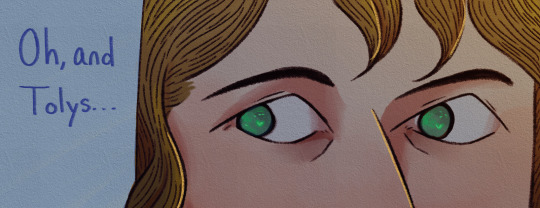


"Someday I know I'll be called back, likely when he finds some reason Alfred can't care for me - or some problem he needs distraction from emerges. As of yet, he places a trust in Alfred that doesn't threaten that... or his national security."
**Historical Note: During this time period the Russian Empire maintained a relatively positive relationship with the United States government. By the 1830s, the relationship between England and Russia, which had once been strong during the Napoleonic Wars, began to deteriorate due to conflicting interests in Eastern Europe and toward the Ottoman Empire. By the 1850s relations had turned outright hostile, as in the Crimean War (1853-1856) and popular British support for Polish uprisings within the Russian Empire. This hostility continued throughout the 19th century, culminating in "The Great Game," where Britain and Russia competed for influence in Central Asia (particularly Afghanistan).
Although Russia had maintained friendly, but distant relations during the 18th and early 19th centuries, the United States' growing power both in the Western Hemisphere and on the world stage positioned it as a potential counterbalance to the power of the British Empire, and therefore a potential ally. By the 1860s, Russia made more explicit overtures of friendship, such as expressing public support for the Union during the Civil War and wintering its navy in American ports. This culminated in the Alaska Purchase in 1867, in which Russia sought to rid itself of Alaska but feared upsetting the balance of power by selling it to Canada (and by extension England). The United States, particularly Secretary of State William Seward, took an interest for the opportunity to expand trade in Asia (though until gold was discovered several jeered the purchase as "Seward's Folly").
Lithuanians began to immigrate to the United States as early as 1861 after serfdom was abolished in the Russian Empire, but 1867-1868 saw a rise in Lithuanian immigration to the United States due to a famine. This steady pace continued until the outbreak of WW1, despite some Russian attempts to stop this. Between 300,000-600,000 Lithuanians emigrated, though we'll likely never know for sure due to errors in immigration records and name notations.
The immigration of Lithuanians and Poles, particularly Lithuanian, Polish, and Russian Jews, as a result of political suppression and violent pogroms began to change popular opinions of Russia in the United States. Many American civilians began to view Russia in a negative light. Despite this, relations between the two governments would remain favorable until the establishment of the Soviet Union after WW1.
#hetalia#ask#historical hetalia#hetalia ask blog#hws lithuania#hws russia#hws england#hws america#aph lithuania#aph russia#aph england#aph america#tolys is not exactly open with alfred about all of his experiences living with ivan expressly for this reason
43 notes
·
View notes
Note
Does Lithuania speak English? How good is his level?



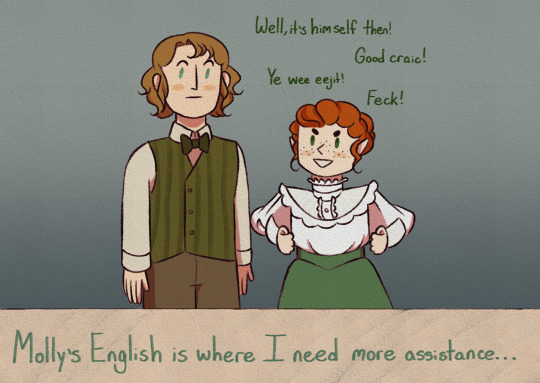
I suppose I can be a little formal at times, but I'm learning more American type terms as well! It's a learning process, as all usually is.
#hetalia#historical hetalia#hetalia ask blog#ask#hws lithuania#hws america#hws ireland#nyo!ireland#hws england#hws russia#immigrant squad#immigrant trio#aph lithuania#aph america#aph ireland#aph england#aph russia#tolys is one of those english learners that writes a grammatically perfect immaculate paragraph#then apologizes for english not being his first language and tells you to let him know if he messed up#he has that esl problem of knowing how to write/speak formally but not always understanding the diction/social context of certain words#it doesn't help that most of his english usage until now has been in a very formal capacity
89 notes
·
View notes
Text
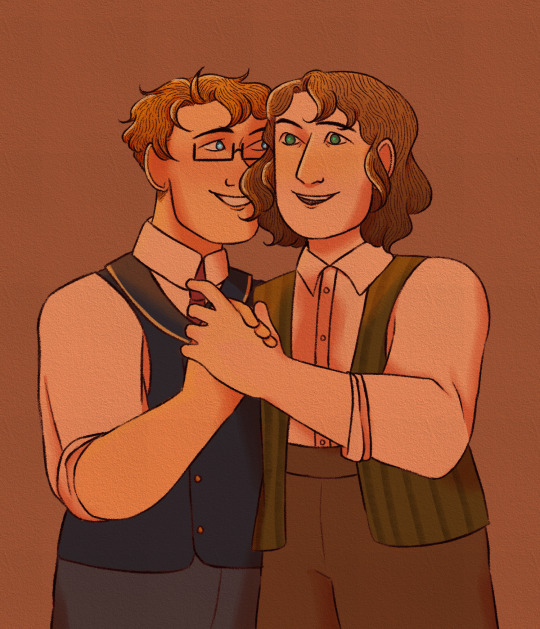

Happy Valentine's Day! Just a reminder that this blog isn't completely dead, only resting its eyes
#hetalia#historical hetalia#hetalia ask blog#hws romano#hws lithuania#hws america#hws ireland#nyo!ireland#ameliet#iremano
51 notes
·
View notes
Note
What's the oldest post here?
The oldest post is from right here back in the ye olden days of 2021, before the asks started properly!
5 notes
·
View notes
Text

Thomas Edison introduced Christmas lights in 1882, and by the early 1900s they had become a popular decoration in many American households. This was especially true in cities, where previously used candles risked fire. Of course, modern innovations create modern problems- namely tangles.
Merry Christmas to those who celebrate, and a Happy New Year!
#hetalia#historical hetalia#hws ireland#nyo!ireland#hws lithuania#hws romano#aph ireland#aph lithuania#aph romano#hetalia ask blog#christmas#not an ask
128 notes
·
View notes
Note
Not to be rude or invasive or make y'all uncomfortable or anything, but where do y'all sleep? It's just that I know that Lithuania and America have slept in the same bed before.
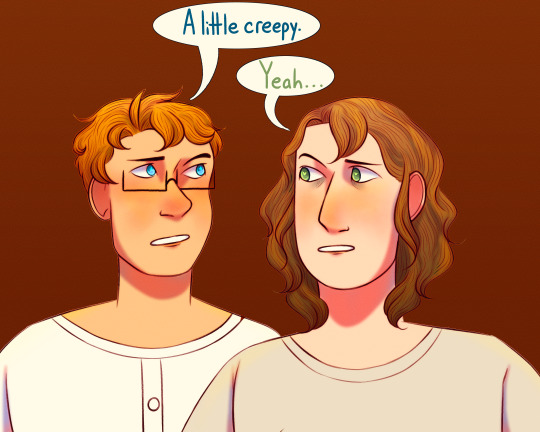
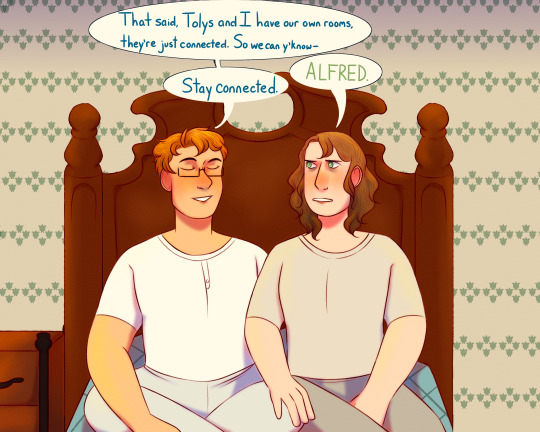
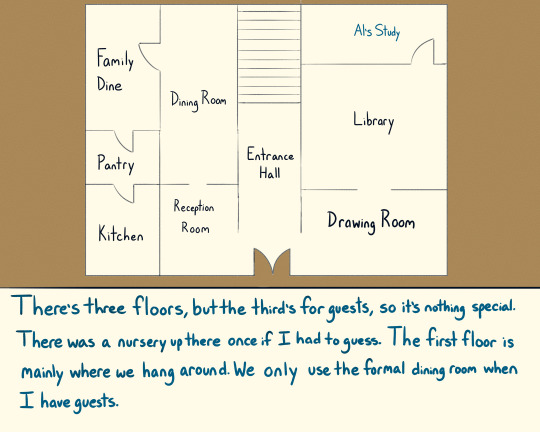

Tolys: I'm used to sharing a space anyway, so I didn't mind when I moved in! It's convenient for everyone I suppose.
**Historical Note: Alfred has kept this home since the 1840s-1850s, a little before Molly came to the United States again. He did this because of the upheaval at the time near Washington D.C. and the personal convenience of living in New York. If D.C. is America's head, New York City is its heart after all.
There were a variety of architectural styles becoming popular at this time such as Italianate, Neoclassical, Georgian Revival, Beaux-Arts, and Gothic Revival. Many of the large homes built in New York City by the newly wealthy around this period were in the Beaux-Arts and Georgian Revival styles. I picture Alfred's home being in the Georgian Revival style like the Carnegie Mansion or the Willard D. Straight House.
Alfred's home is certainly downsized from the scale of these mansions, but has many of the rooms typical of an upper-class home of the late 19th-early 20th century. These homes were typically three to four floors, with the first floor being for entertaining company and for leisure. The reception room was for receiving guests and leaving calling cards if the homeowner was not available, while the drawing room was for entertaining guests or for the family to relax in. It was also typical for these homes to have a small-scale dining room for less formal family meals such as breakfast and a more formal dining room for entertaining guests in the evening. This smaller scale dining area was also typically where children ate when these evening events were held, and they were usually not permitted at the formal table until they reached their late teens.
Floors for guests to sleep and for the family were often separated, and in many cases the children slept on a separate floor from the adults. In very wealthy homes, there was usually a floor or space reserved for servants' quarters and passages for staff to move around the house in without being seen. In upper-class households, the husband and wife often had separate but connected rooms. This wasn't necessarily out of personal modesty, but more for the modesty of the servants who might be helping them dress. Here, Alfred and Tolys use it more for convenience. In lower-class households, it was still perfectly common and acceptable for a couple to share a room and bed.
There's certainly more that could be said about the layout of these homes, and I based these floor plans off of several historic homes I've visited and floor plans I researched online. Therefore, if there are inaccuracies or if there's anything I overlooked, my apologies!
#hetalia#ask#historical hetalia#hws america#hws lithuania#hws romano#hws ireland#nyo!ireland#ameliet#iremano#aph america#aph lithuania#aph romano#aph ireland#hetalia ask blog#and they were roommates... oh my god they were roommates
72 notes
·
View notes
Note
To Lovino and Tolys:
Any Saints you guys have a particular devotion to?
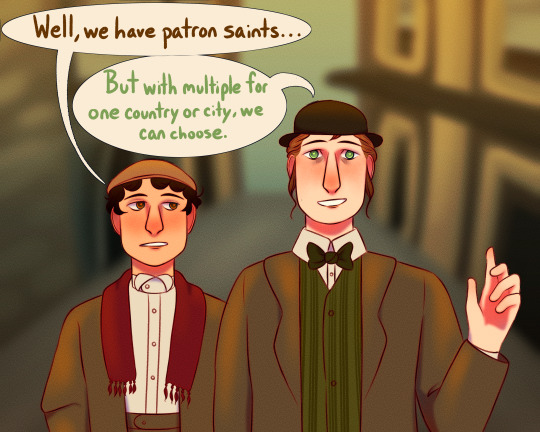
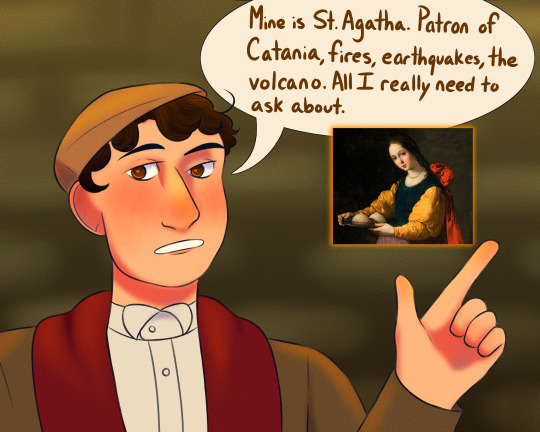
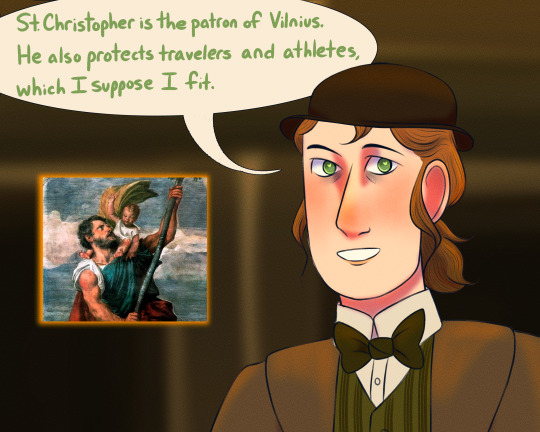
Tolys: I'm not terribly religious, but there is a certain comfort in having someone looking out for you.
**Contextual Note, TW for brief mention of sexual assault and torture:
Just a brief overview of the saints Lovino and Tolys mentioned. St. Agatha of Sicily was a Christian noblewoman who was killed during the Decian persecutions. She made a religious vow of chastity that a Roman prefect attempted to break. As punishment for rejecting him she was imprisoned and forced to "work" in a brothel. When this did not break her, she was tortured, most notably by having her breasts ripped off with hot tongs. This is why she is often depicted in art with tongs or presenting her breasts. A miraculous earthquake prevented her execution and supposedly St. Peter appeared to her and healed her wounds, but she eventually died in prison of unknown causes. Among other things, she is the patron saint of victims of torture, rape victims, breast cancer patients, fires, earthquakes, and volcanic eruptions (particularly from Mt. Etna). As Lovino mentioned, she is the patron of Sicily, as well as the Sicilian city of Catania.
St. Christopher was also killed during the Decian persecutions. According to legend, he traveled to find a king who claimed great power, only to find he feared the devil. When he found a marauder who claimed to be the devil, he found that this criminal feared Christ. Learning this, he chose to become Christian and serve people by helping them cross a dangerous river. In doing this, he helped a small child across the river who was much heavier than he anticipated, and almost died in the process. After crossing, the child revealed himself to be an apparition of Christ, pleased with his work. Christopher was eventually beheaded after travelling to Lycia to help his fellow Christians. Among other things, he is the patron saint of travelers, transportation, bachelors, athletics, and storms. As Tolys mentioned, he is the patron of Vilnius, Lithuania's capital (Riga as well!)
#hetalia#historical hetalia#hws romano#hws lithuania#aph romano#aph lithuania#hetalia ask blog#ask#cw religion#i chose st christopher for tolys bc lithuania's patron saint (st casimir) is just not someone i would see him choosing for himself#similar thing for lovino st francis is cool but also he'd probably go for someone more regionally specific#esp bc unification was so recent at this point and st francis seems more feliciano's vibe#plus who doesn't love st agatha she's a badass
49 notes
·
View notes
Note
i love this concept!! so cute!!

Thank you!!
3 notes
·
View notes
Note
Alfred, what is your favorite thing each of your roommates has brought over to your country? And to Ireland, Romano, and Lithuania, what is your favorite thing about America? (the country not Alfred.)
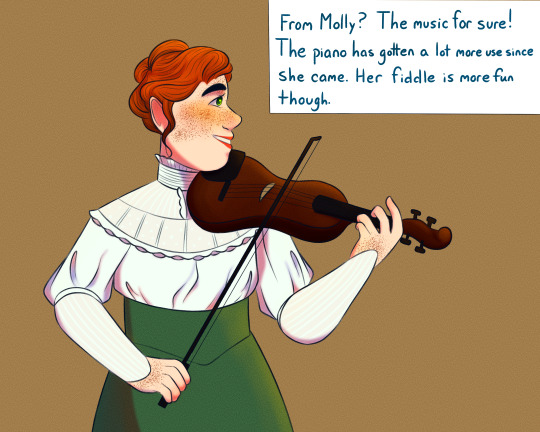


As for the others...
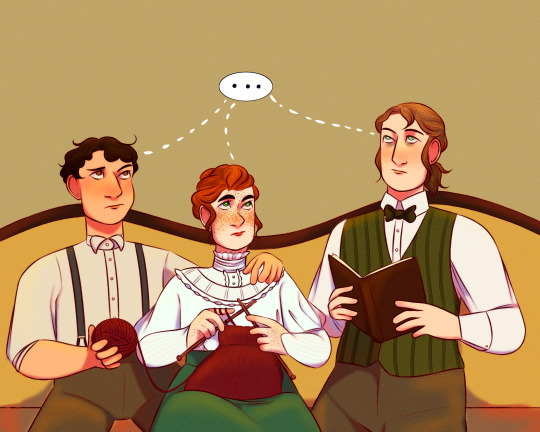
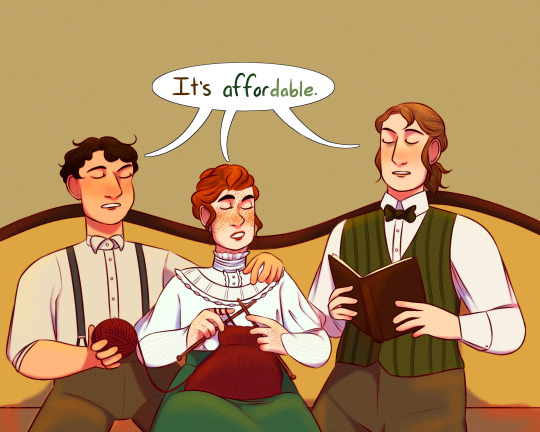
Alfred can afford to be a little more idealistic, but that's just his way.
**Historical Note: Though immigrants from each of these groups contributed in a variety of ways, these are some of the ways in which they contributed most prominently.
Irish Americans were incredibly active in the entertainment industry, especially in music. Irish Americans were very prominent in vaudeville, and eventually Broadway. However, this was due to a pre-existing music tradition that stemmed from Irish immigrants bringing over their folk music. Many Irish airs became popular parlor songs in the UK, America, and Canada. The strong Irish presence in the Union Army during the Civil War also further popularized folk songs such as "McLeod's Reel." Though the Potato Famine caused the decline of traditional music in Ireland, many songs and playing styles were preserved by Irish Americans in the United States and later carried back to Ireland in the 1890s-1920s when recordings began to become accessible. These recordings were also among the first to be sold in the United States.
Italian American cuisine is one of the most influential marks left by the community, especially from Southern Italians. Many innovations in Italian cuisine occurred in the United States, and many Italian immigrants became successful restauranteurs. This explosion occurred due to previously inaccessible foods suddenly being affordable in the United States, such as meat and imported cheese. Today, Italian American food is still one of the most popular cuisine choices in the United States.
Though all of the groups mentioned had involvement in labor union activity, Lithuanian Americans were particularly prominent activists. One of the most famous of these activists was Emma Goldman, but there were several others who formed the United Mine Workers and the Amalgated Clothing Workers Union. Sydney Hillman, a Lithuanian immigrant, was the head of the Amalgated Clothing Workers Union from the 1910s to the 1940s. Even in fiction, in Upton Sinclair's The Jungle, Lithuanian workers and their union activity are the central focus. Lithuanian Americans' strongest import really seemed to be their activism!
For all of these groups though, one big part of what made American so attractive was the comparative plenty to what they had in their countries of origin. Though many immigrants worked long, difficult manual labor jobs, they were able to afford new goods in the United States that had previously been unimaginable. This is mostly due to the United States' ability to produce goods en masse, which made them cheaper. Furthermore, in Ireland and Southern Italy, land ownership had become virtually impossible (through landlords hiking rent prices in Ireland or land distribution after the Risorgimento in Italy). Even if their positions were not enviable in the United States, from a financial standpoint, their salaries and the resources available put them in a slightly better position.
#hetalia#historical hetalia#hws america#hws romano#hws lithuania#hws ireland#nyo!ireland#immigrant trio#immigrant squad#hetalia ask blog#ask#last seminar my paper was on how the irish diaspora changed and preserved traditional music#so if i pop off a lot about that in the historical notes that is why (it is a roman empire in my brain of sorts)#this was a fun ask though! sorry for taking so long to answer!!
84 notes
·
View notes
Text

Happy Independence Day! Fun fact: the naming of the American Flag has immigrant roots. The term "Stars and Stripes" is often attributed to the Marquis de Lafayette.
#hetalia#hws america#aph america#hetalia ask blog#not an ask#i did not take the time to count out 13 stripes#and you would not either#the stars are always a gamble#having to draw the flag in elementary school was a trial by fire for everyone involved bc you had to figure out how to fit all 50 stars#but yeah happy birthday to the boy!!
109 notes
·
View notes
Text

I thought it was about time to freshen up the header!
#not an ask#hetalia#historical hetalia#hws america#hws lithuania#hws romano#hws ireland#nyo!ireland#hetalia ask blog#immigrant trio#immigrant squad
144 notes
·
View notes
Text
Doing a little housekeeping!




I'm working on a new header for my ask blog, and I wanted to share the sketches!
#not an ask#hetalia#historical hetalia#hws romano#hws lithuania#hws ireland#nyo!ireland#hws america#immigrant trio#immigrant squad
41 notes
·
View notes
Text
Active Ask Blogs
Some of these were on prior lists but others i know are really nice blogs active and I decided to include them:
For those I added let me know if you want to be removed and for those not on the list let me know if you wanted to be added.
I run an ask blog and know it can be difficult to get traffic on mine and they can be a lot of work to run! so check these ones out and send some asks!
If you want to be added please let me know what the ask blog is called if it has been updated within the past year.
@archaeologyfjones 🇺🇸
@ask-aph-baltics 🇱🇹🇱🇻🇪🇪
@ask-aph-tonga 🇹🇴
@ask-dork-kong 🇭🇰
@ask-hetalia-dennor 🇳🇴🇩🇰
@ask-hws-canada 🇨🇦
@ask-hws-guam 🇬🇺
@ask-hws-iceland 🇮🇸
@ask-ivan-braginsky 🇷🇺
@ask-msp-itapan 🇮🇹🇯🇵
@ask-notsoiceyiceland 🇮🇸
@asknetherlands 🇳🇱
@ask-pakistan 🇵🇰
@ask-the-hws-immigrants 🇮🇹🇱🇹🇮🇪
@ask-the-jazz-age-trio 🇮🇹🇺🇸🇱🇹
@ask-the-netherlands 🇳🇱
@coffeebleeds 🇺🇸
@exclusivelylukas 🇳🇴
@gilberts-video-diary-hwsau
@grandparomeaskblog
@hws-ask-poland 🇵🇱
@hws-indias 🇮🇳
@idiot-dads-askblog 🇫🇮🇸🇪
@more-than-hiking-buddies-askblog 🇳🇴🇳🇿
@sinocore 🇨🇳 and regions etc.
#not an ask#i've been on a slight hiatus but yes we're still active here!#thank you for the inclusion <3#gotta promote my compatriots as well
51 notes
·
View notes
Text
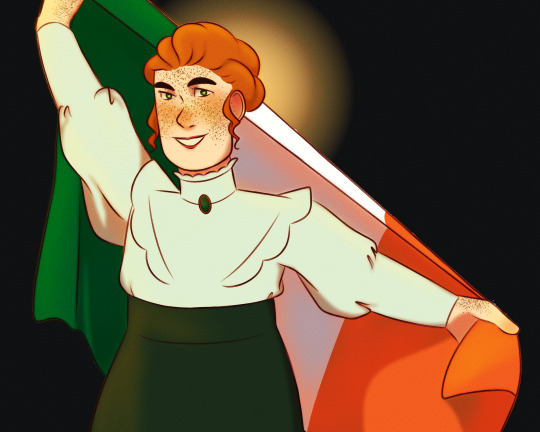
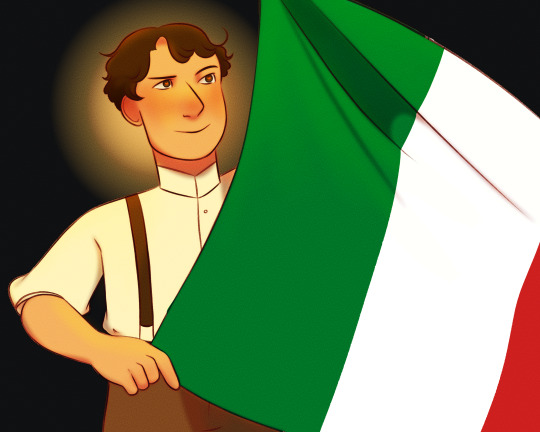
Happy St. Patrick's Day and Happy Anniversary of the Unification of Italy! Although the Irish and Italian flags have fewer roots in their diasporas than the Lithuanian flag, they're both associated with revolutionary movements and emancipation in their respective countries. Both are modeled after the French Revolutionary tricolor!
#hetalia#historical hetalia#hws romano#hws ireland#nyo!ireland#aph romano#aph ireland#hetalia ask blog#yes the flag of italy in 1903 would have the cross and crown of savoy at this point but shhh#the tricolor was around before that#this is also the period in which the irish tricolor was becoming more popular#rather than the gold harp on green field#largely bc the colors promoted irish unity in independence (green for the catholics and orange for the protestants)#granted it's also been referred to as “the ira flag” so not entirely controversy free
121 notes
·
View notes
Note
Your style is absolutely gorgeous in black and white and colour so I hope you do whatever makes you happiest! 💚

Thank you, you're too sweet! <3
6 notes
·
View notes
Text
Hi guys! I’ve noticed recently that my posts here tend to do a little better when I do fully colored stuff rather than black and white. I mainly did this for atmospheric reasons, but I’m reconsidering this choice. It may be a little more work, but I’d just like to know whether or not it would be preferable or too jarring!
6 notes
·
View notes
Photo

Happy State Restoration Day! Did you know that the idea for the colors of the Lithuanian flag is typically credited to the Lithuanian Diaspora living abroad during the 19th and early 20th century?
#hetalia#hws lithuania#aph lithuania#hetalia ask blog#i barely made it in on time for the boy's b-day#but i managed!
140 notes
·
View notes